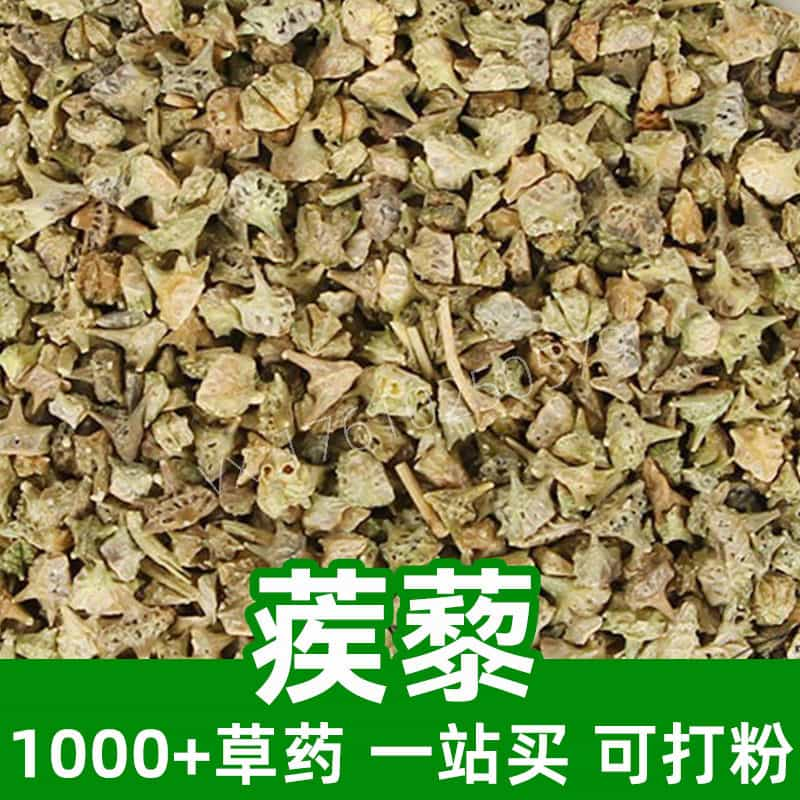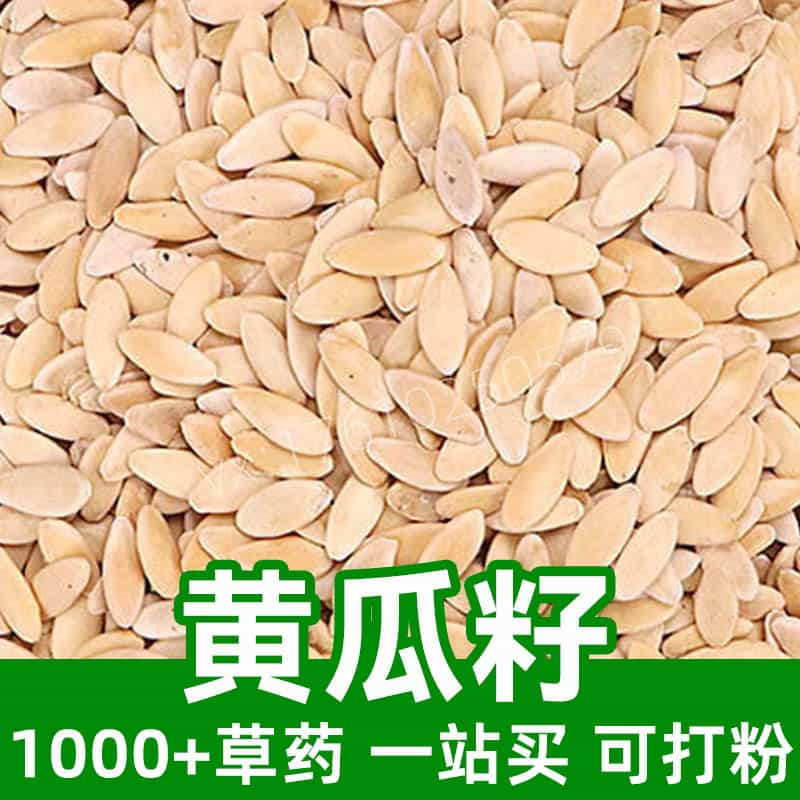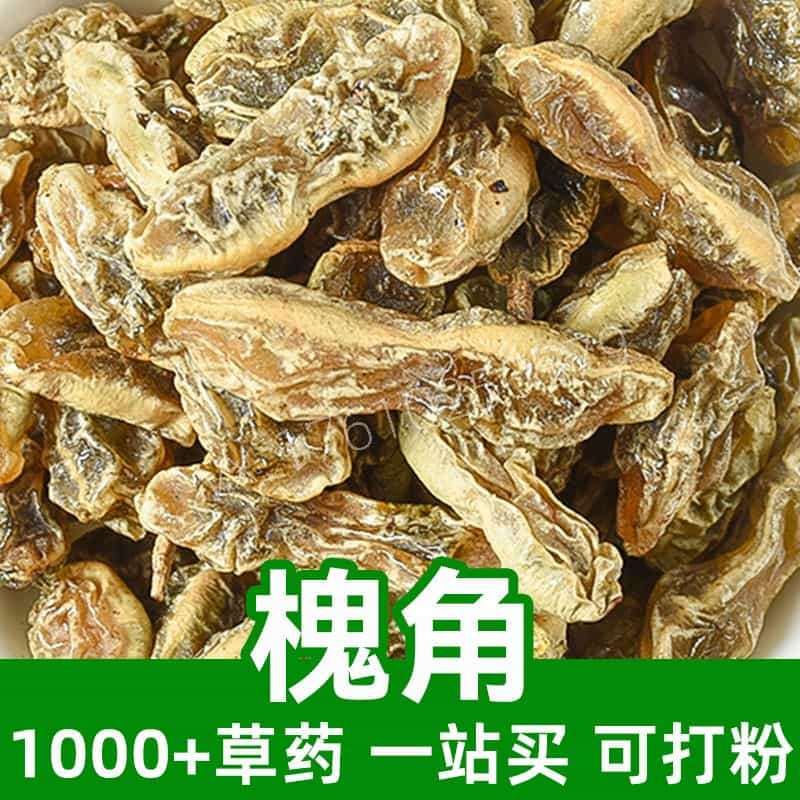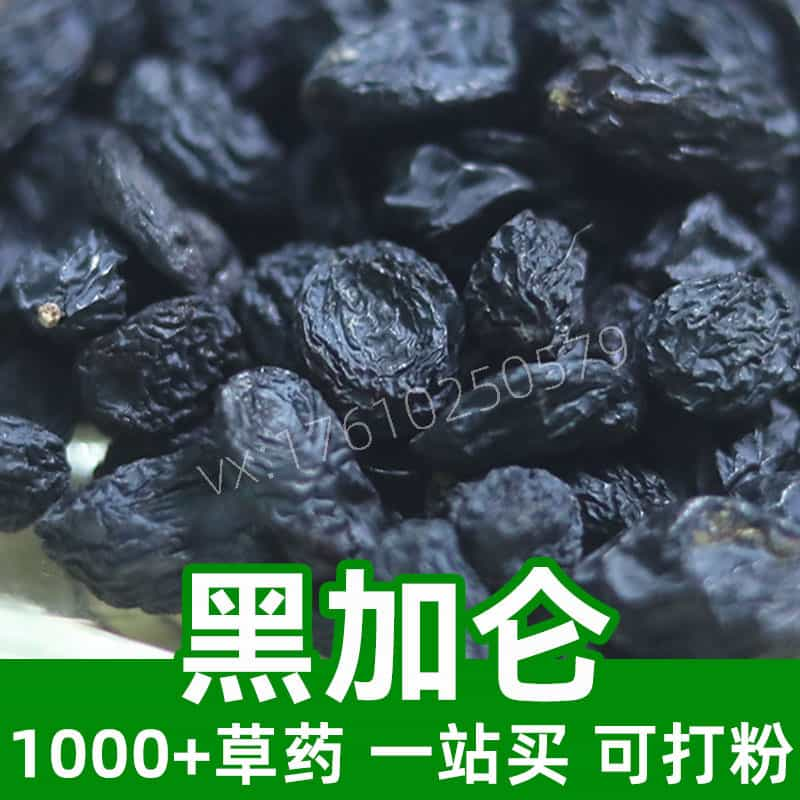Product Introduction
Asparagi Radix, commonly known as Asparagus Root, is a highly regarded herb in traditional Chinese medicine (TCM). This root is primarily sourced from the Asparagus cochinchinensis plant, which is indigenous to regions throughout Southeast Asia, particularly in areas with rich, moist soils. The root is harvested for its unique properties and is valued not only for its nutritional qualities but also for its role in promoting health and well-being.
Asparagi Radix is rich in various bioactive components, primarily saponins, flavonoids, and polysaccharides, which are believed to contribute to its efficacy in TCM. This herb is often incorporated into various formulations due to its sweet flavor and nourishing qualities. Traditionally, Asparagi Radix has been employed as a tonic, particularly for the heart and kidneys, which are regarded as pivotal organs in Chinese medicine.
In culinary applications, it is commonly used to enhance soups, broths, and herbal teas, making it a versatile ingredient. Its gentle, sweet taste and nourishing properties provide not only flavorful enhancement to dishes but also a therapeutic touch, aligning with TCM principles. As understanding of holistic health and natural sources expands, Asparagi Radix continues to capture the attention of both herbalists and consumers seeking natural support.
Main Active Ingredients
The therapeutic potential of Asparagi Radix is primarily attributed to its rich array of active compounds, notably including saponins, flavonoids, and polysaccharides.
Saponins
Saponins are one of the hallmark compounds found in Asparagi Radix. They are known for their potential to improve body functions and enhance nutrient absorption. In TCM, saponins are associated with strengthening the body's vital energy (Qi) and nourishing the Yin, which is essential for maintaining a balance within the body.
Flavonoids
Flavonoids are potent antioxidants that play a significant role in protecting body cells from oxidative stress. These compounds are believed to support cardiovascular health and contribute to overall vitality in TCM formulations. The flavonoid content in Asparagi Radix aids in promoting overall wellness, making it beneficial for a wide range of herbal applications.
Polysaccharides
Polysaccharides, another significant component, are known for their ability to support the immune system and enhance the body’s resilience. They help in stabilizing blood glucose levels and provide an overall boost to bodily functions. In TCM, the incorporation of polysaccharides into herbal concoctions is believed to enhance the effectiveness of other herbs, providing a synergistic effect in healing practices.
Furthermore, research into the chemical constituents of Asparagi Radix continues to grow, emphasizing the importance of this herb in holistic health practices. The combination of these key ingredients contributes to the herb's classification as a restorative and nourishing agent in traditional medicine, making it a cornerstone in maintaining health and well-being.
Product Application Scenarios, Usage, and Dosage
Asparagi Radix finds versatile applications in both traditional Chinese medicine and broader culinary practices. This herb is often used in formulations aimed at harmonizing the body's energy levels, specifically targeting the heart and kidney systems according to TCM principles.
In herbal medicine, Asparagi Radix is typically prepared as an infusion, decoction, or incorporated into various herbal blends meant to promote vitality and balance. For internal usage in herbal preparations, a common recommendation is approximately 6 to 12 grams per day, often adjusted based on individual health requirements and body conditions. It can be consumed as a standalone herb or combined with other beneficial herbs like goji berries or licorice root to maximize its health-promoting effects.
In the culinary context, Asparagi Radix can be employed in soups and stews, where it is simmered alongside other nutritious ingredients for flavor enhancement and to impart its health benefits. Its sweet flavor complements a variety of dishes and makes it a popular choice in herbal teas.
Moreover, this herb also lends itself well to combination with other tonic herbs, enhancing the overall nutrient profile of meals. However, it is advisable for individuals to consider consulting with a qualified TCM practitioner to tailor the usage and dosages appropriate for their needs.
Introduction to the Source Plant, Distribution, and Growth Environment
Asparagi Radix is obtained from the root of the Asparagus cochinchinensis, a perennial plant belonging to the Asparagaceae family. This plant is primarily found in Southeast Asia, flourishing in regions with warm, temperate climates. It typically grows in lush environments under forest canopies where the soil is rich in organic matter and moisture.
The Asparagus cochinchinensis plant can reach a height of approximately 60-100 cm. It features slender stems and delicate needle-like foliage that are characteristic of the asparagus family. The root itself is thick, fleshy, and fibrous, which is indicative of its capability to store nutrients necessary for the plant’s growth.
The geographical distribution of Asparagi Radix extends mainly through countries like Vietnam, Thailand, and parts of China, where traditional harvesting methods are employed by local farmers. Sustainable harvesting practices ensure that the roots are harvested at the right maturity to maintain their potency and effectiveness in herbal applications.
Cultivation of this species requires well-drained soil and partial sunlight, making it adaptable to hilly terrains and lower altitudes. The growth cycle typically ranges from 1 to 3 years before the roots are harvested for medicinal use, and during this time, the plant can absorb various minerals from the soil, enhancing its overall quality.
As sustainability and biodiversity conservation become increasingly significant in herbal practices, growing native herbs like Asparagi Radix in a controlled environment can help maintain natural ecosystems and provide a steady supply for herbal uses without depleting wild populations.
Harvesting, Processing, and Storage
The harvesting process of Asparagi Radix is crucial for ensuring the quality and efficacy of the roots. Harvesting generally occurs in late autumn to early winter when the plant has fully matured and nutrient concentrations in the roots are at their peak, which is typically after 1 to 3 years of growth. At this stage, farmers carefully excavate the roots using hand tools to prevent damage.
Once harvested, the roots undergo an essential processing phase, which includes cleaning and drying to reduce moisture content and prevent mold or degradation. The roots are thoroughly washed to remove soil and any impurities before being sliced into thin pieces for efficient drying. Traditional methods of sun-drying or using low-heat dehydrators are often employed to ensure that the active compounds are preserved while achieving an appropriate shelf life.
Storage of Asparagi Radix is fundamental in maintaining its potency. Ideally, dried roots should be stored in airtight containers placed in a cool, dark environment, away from direct sunlight and humidity. Proper storage can significantly prolong the herb's shelf life, generally ranging from 2 to 3 years, while also retaining the bioactive compounds that contribute to its beneficial properties.
For optimal use, it is advisable to periodically check stored roots for any signs of moisture or mold. If the roots are kept in the right conditions, Asparagi Radix remains a potent and valuable ingredient for both herbal medicine and culinary applications, reflecting the enduring practices surrounding this traditional herb.
Monica Sun is a seasoned expert in the natural raw materials industry, with over a decade of experience specializing in traditional Chinese medicinal herbs, spices, and fungi. She is skilled in the sourcing, processing, and application of these materials, emphasizing sustainability and innovation. Monica Sun has contributed to the development of high-quality natural raw materials that serve as essential components in functional foods, pharmaceuticals, and cosmetics, delivering tailored solutions to meet diverse market needs.















